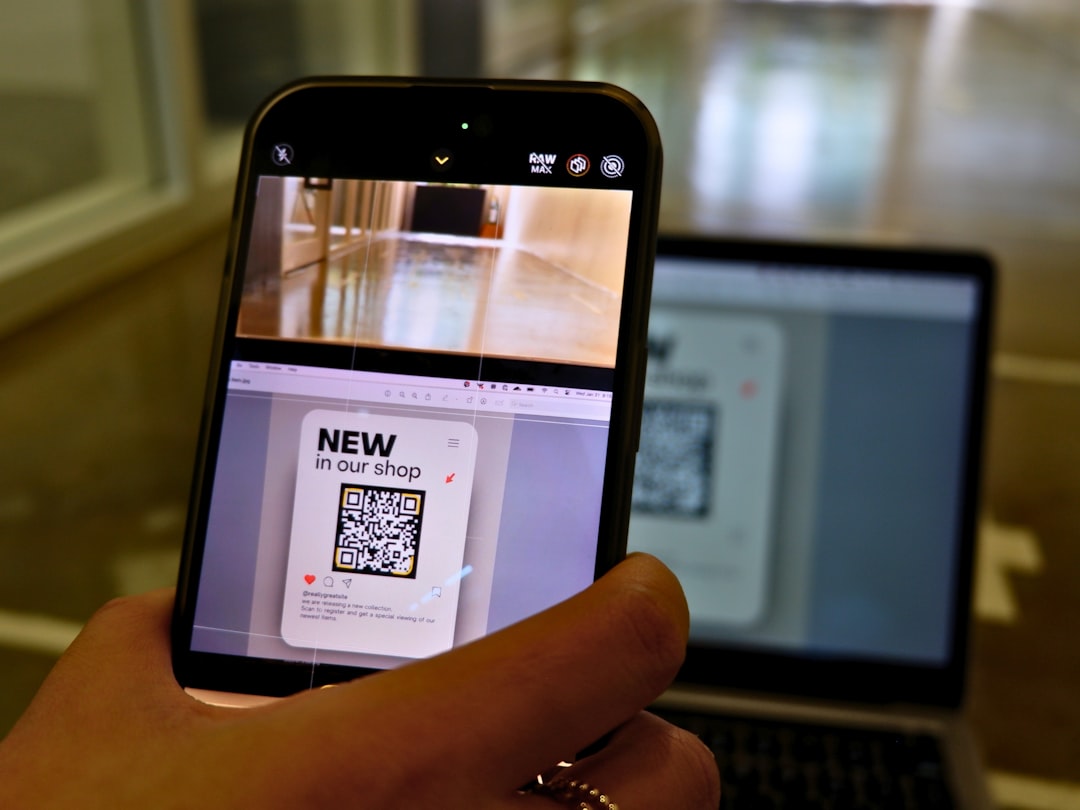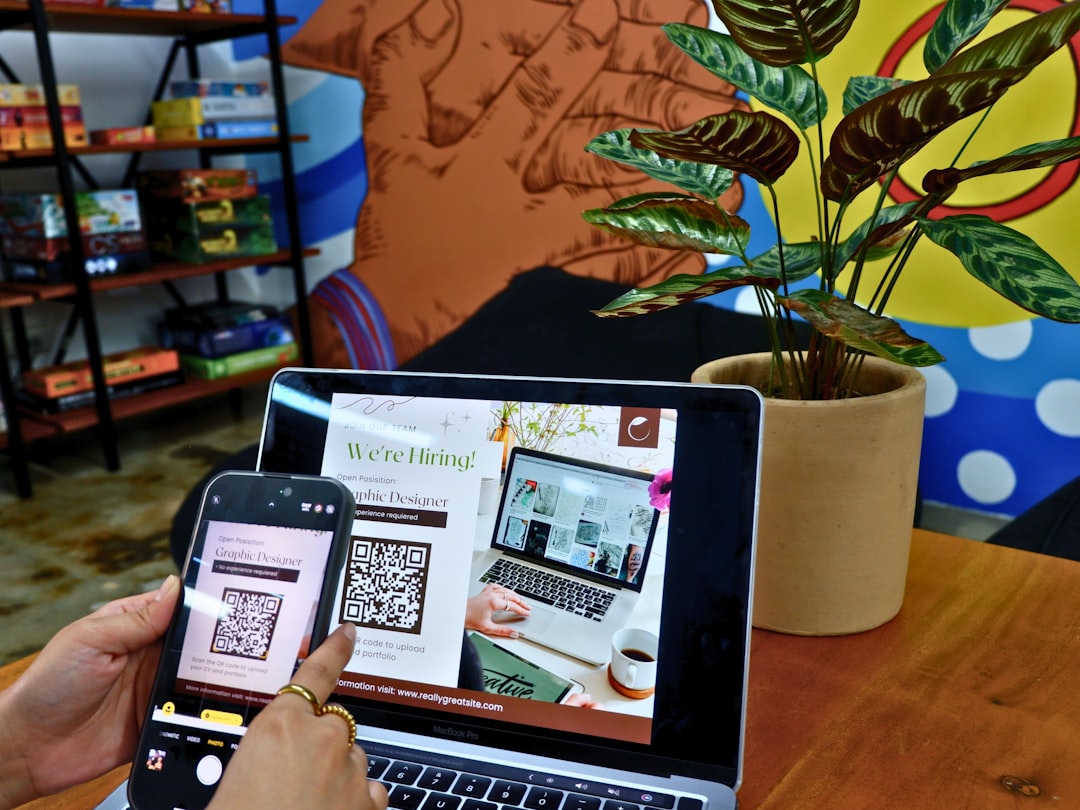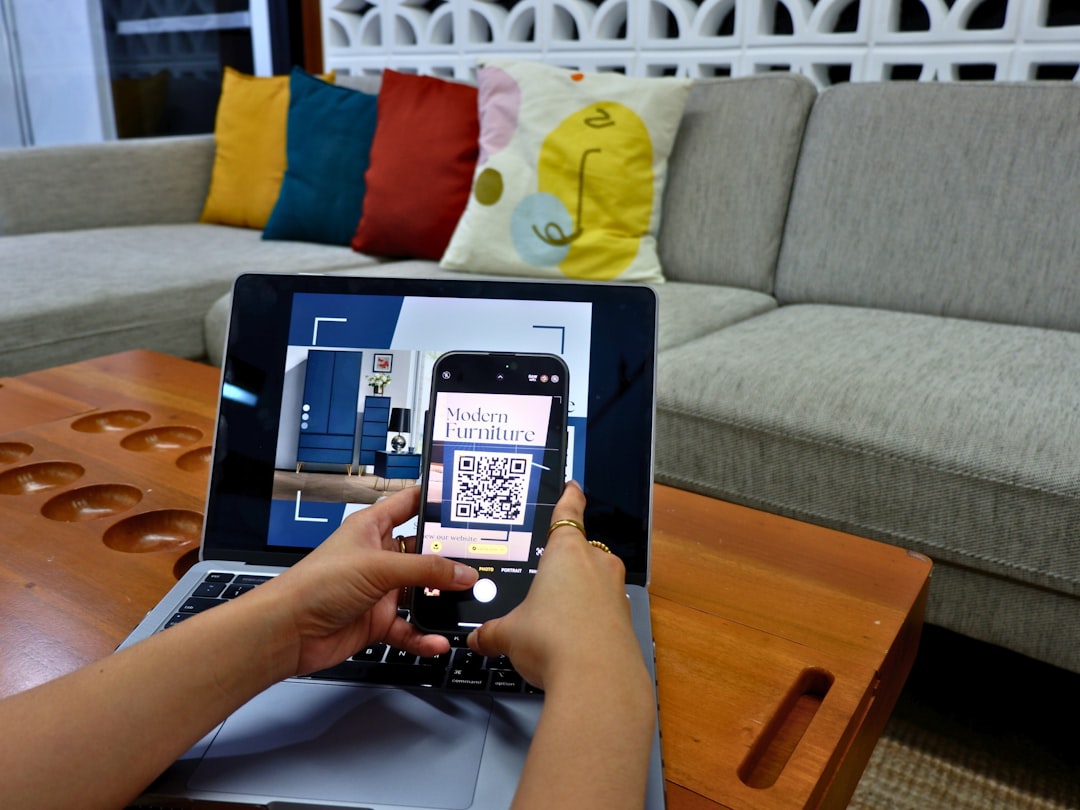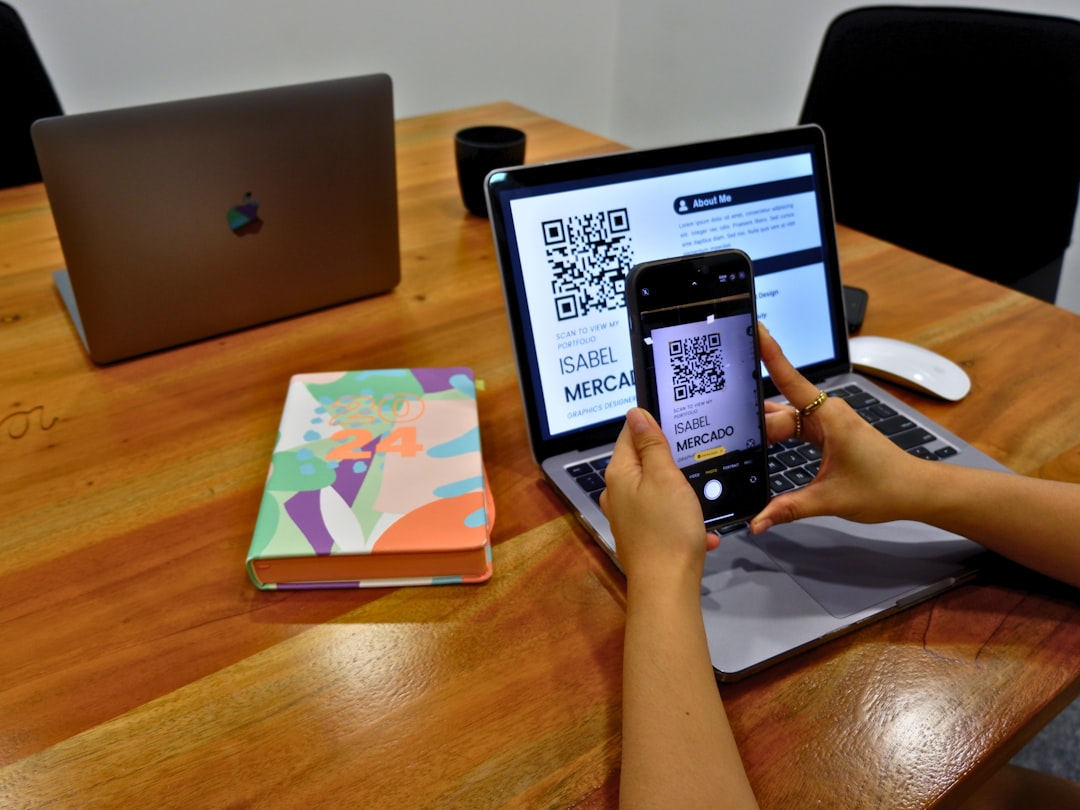

Engage prospects with a scan and streamline customer engagement with FREE QR code marketing tools by Sona – no strings attached!
Create a Free QR CodeFree consultation

No commitment

Engage prospects with a scan and streamline customer engagement with FREE QR code marketing tools by Sona – no strings attached!
Create a Free QR CodeFree consultation

No commitment
In today’s digitally driven world, QR codes have transformed from a novelty into a strategic bridge connecting offline engagement with online action for auto insurance companies. QR codes allow insurers to capture leads, streamline policy management, and simplify claims processing, all without requiring app downloads or cumbersome manual steps.
Insurance leaders often struggle with prospects who research policies but never submit forms, anonymous offline engagement through printed materials, and delays in capturing valuable customer intent. These challenges result in lost opportunities and hinder insurers from reaching their highest-value audiences. QR codes close this gap by creating interactive, traceable touchpoints and converting every offline moment into a valuable digital opportunity.
The pressure on the insurance industry to modernize is growing as customers demand faster, easier service and seamless interactions. QR codes satisfy these expectations by enabling instant access to digital resources from physical materials, transforming brochures, quotes, claims paperwork, and ID cards into actionable tools for lead generation and engagement. This article explores solutions, practical applications, and trends in QR code-powered lead generation for auto insurance.

Auto insurance marketers often struggle to connect anonymous, high-intent touchpoints, like someone picking up a printed quote or scanning a dealership pamphlet, with digital lead capture. This disconnect can lead to missing valuable prospects who never enter the CRM, which negatively impacts follow-up and retargeting. By embedding QR codes into everyday materials, insurers can turn those previously anonymous interactions into instant, trackable actions that feed directly into marketing and sales systems.
Modern QR code solutions make it easy to align offline engagement with digital outcomes. When you place a QR code on a rate sheet, a roadside assistance card, or a direct mail piece, you give prospects a one-tap path to request a quote, start a claim, or schedule a callback. This reduces friction, improves data capture quality, and ensures timely outreach from agents or automated nurturing programs.
For example, replacing paper forms at community events or dealerships with QR-driven mobile forms helps eliminate incomplete account data and ensures immediate follow-up. A prospect who scans a QR code at a dealership can land on a prefilled quote page that recognizes the dealership location and vehicle model, which increases completion rates and improves database quality.
Another practical workflow upgrade involves claim support. Instead of handing customers a pamphlet with a generic phone number, insurers can print a QR code that opens a guided, mobile-first claim intake with photo uploads and geotagging. This reduces call center load, shortens cycle times, and gives adjusters cleaner data to process claims faster.

A core challenge for auto insurers is the prevalence of anonymous engagement. Potential policyholders interact with marketing collateral, mailers, billboards, repair shop handouts, or ID cards without ever appearing in digital reports. This lack of visibility leads to missed leads and slow response, which erodes marketing ROI and sales productivity.
QR codes transform static materials into interactive touchpoints that make intent measurable. When a prospect scans a code on a renewal letter or a dealership placard, they signal what they want and when they want it. With dynamic codes and integrated analytics, teams can respond quickly, test creative variations, and route high-intent scans to agents in near real time. The result is a faster, easier customer journey and a performance feedback loop that was previously impossible with print alone.
Companies using QR codes are converting previously invisible interactions into growth opportunities. They gain campaign agility, accelerate time to quote and time to claim, and build stronger, more data-rich relationships with customers and prospects.

Traditional web analytics often lack the offline context insurers need to optimize campaigns. Different QR code formats help fill these gaps by structuring user intent and routing it to the right destination. The most valuable formats for auto insurance focus on lead capture, service access, and contact saving, which makes every scan actionable.
Selecting the right format is as important as the placement itself. When a prospect scans a code at a dealership, a fast quote form or callback request outperforms a generic homepage. When a policyholder scans from an ID card after an accident, a guided claim intake or roadside assistance action is ideal. Matching format to moment is the key to conversion.
Dynamic QR codes are especially valuable because they allow you to swap destinations, run A/B tests, and centralize analytics. Static codes work for evergreen destinations such as a permanent roadside assistance page, while dynamic codes are best for campaigns, renewals, and dealership partnerships that evolve over time.

Auto insurers often miss high-value prospects who engage with physical materials but do not self-identify online. By embedding QR codes across the customer journey, you can harvest intent signals that previously disappeared into the ether. Focus on the high-traffic physical environments where drivers, buyers, and policyholders already interact with your brand or your partners.
Think beyond traditional advertising. Every policy packet, service counter, or loaner vehicle can act as an onramp to your digital funnel. When each touchpoint has a clear benefit-driven call to action, your scan volume increases and your pipeline becomes more predictable.
Optimizing these touchpoints creates account-level visibility and stronger conversion. You will see where interest is highest, which messages resonate, and how to prioritize agents’ time based on real-time intent signals.
QR codes can support insurers throughout the customer journey, from first contact to renewal and claims. When designed with the user’s context in mind, each scan can trigger an action that removes friction and captures critical data for follow-up. Below are three core use cases tied to common interactions in auto insurance.
In each case, consider adding segmentation parameters, such as UTM tags, to attribute performance by location, partner, and creative. This data provides the feedback loop needed to optimize budgets and content.
These use cases are not only convenient for customers. They are also measurable. You can track scan-to-action rates, identify which placements generate the highest-quality leads, and align agent staffing to peak engagement windows.
Auto insurers often waste spend on broad or imprecise audiences because intent signals from offline interactions never reach marketing systems. QR codes transform that problem into an opportunity by turning every scan into a structured data point. With the right tagging strategy, you can segment scanners by journey stage, product interest, and channel, which helps you retarget with precision. For tactics, see Sona’s Playbook titled intent-driven retargeting: driving high-impact campaigns with first-party intent signals.
Segmentation begins with planning. Before deploying codes, map the buyer journey and decide which actions you want to drive at each stage. Then assign unique codes and parameters to each placement. When a scan occurs, your analytics and CRM will know where it happened, what action was requested, and how that person should be nurtured.
In auto insurance, a meaningful distinction is policyholders versus quote seekers. Policyholders scanning a renewal notice need a helpful, low-friction path to confirm coverage and explore add-ons, while quote seekers scanning a dealership sign need immediate pricing clarity. Use separate QR codes and downstream flows to respect these differences and lift conversion.
QR codes are connectors across your offline and digital campaigns. They make it simple for a driver to move from a printed piece in their hand to a mobile experience that captures intent and guides the next step. When integrated thoughtfully, QR codes unify attribution and unlock a continuous, cross-channel narrative that follows the customer from awareness to renewal.
In auto insurance, this integration brings special advantages. Agents and carrier marketing teams can coordinate on shared materials that consistently capture leads into the same CRM. Dealerships and service partners can be equipped with placements that drive scans while preserving brand control and compliance. Over time, you will build a high-fidelity dataset that links print, events, and broadcast to revenue.
QR codes serve as the offline onramp to your digital marketing engine. With a centralized platform like Sona QR, you can manage all your codes, monitor performance across channels, and sync scan data with your CRM and ad platforms. This creates a closed-loop system that continuously sharpens targeting and creative decisions.
A methodical approach to QR campaign design and rollout ensures consistent execution across teams and partners. By standardizing your process from use case selection to optimization, you reduce guesswork and accelerate results. Think of this checklist as your playbook for moving from ideas to measurable outcomes.
Start small with one or two high-impact placements such as renewal notices and dealership displays. Once you see strong scan-to-action rates, expand into repair shop signage, event activations, and broadcast overlays. The goal is to create a network of physical touchpoints that all feed into the same intent-aware funnel.
Decide which business outcome you want to drive first. In auto insurance, common goals include increasing quote requests at dealerships, speeding up claims intake, and improving renewal completion. Pick the use case where a fast digital action can remove the most friction.
Use static codes for destinations that never change and do not need analytics. Use dynamic codes when you need tracking, retargeting, and the flexibility to update destinations without reprinting. Most marketing and service use cases benefit from dynamic codes due to the need for attribution and iteration.
A QR code’s visual presentation can make or break scan rates. Branded frames, benefit-led headlines, and clear CTAs boost engagement. Always test for scannability across devices, lighting, and distances before large-scale distribution.
Roll out your codes across placements that match your growth plan. Coordinate creative versions for dealerships, repair shops, events, and direct mail. Train partners and staff to position materials prominently and explain the benefit to customers.
Measurement closes the loop. Monitor scans in real time, map them to conversions, and iterate quickly on creative, offers, and destinations. Use insights to reallocate spend and refine placements.
Following these steps ensures every engagement is measurable and actionable. Over time, the checklist becomes a shared framework for marketing, sales, and operations teams to collaborate on revenue outcomes.
To maximize ROI, you need analytics that connect scans to business outcomes. Knowing that 500 people scanned your dealership QR this month is only useful if you can see how many requested quotes, how many spoke to an agent, and how many bound policies. A full-funnel view turns curiosity into strategy. Read Sona’s blog post titled single vs multi-touch attribution models.
The right analytics stack also supports compliance and customer care. By capturing consent and context at the moment of the scan, you can follow up appropriately and personalize communications. This improves customer experience while safeguarding data integrity and regulatory standards. For channel measurement, see Sona’s blog post titled the essential guide to offline attribution: maximizing ROI through offline channels.
With Sona QR and Sona.com, insurers get both real-time engagement capture and advanced attribution. Sona QR centralizes code management and analytics, while Sona.com can connect anonymous scans to known buyers through identity resolution and multi-touch attribution. By unifying fragmented touchpoints across buying stages, you build a reliable narrative from first scan to policy bind that informs media planning and budget allocation.
The outcome is a performance engine that treats every physical touchpoint as a measurable opportunity. Your team will know which placements drive qualified leads, which messages convert, and where to double down to grow premium efficiently.
Once your first QR programs are delivering results, scale by standardizing best practices. Focus on clear attribution, strong CTAs, and automated follow-up so that each scan triggers a defined next step. As you expand across channels and partners, consistent execution becomes your advantage. For additional ideas, explore lead generation tactics.
Creative placement ideas can also unlock new volume. Look for moments of high intent, such as repair pickups or vehicle deliveries, and position benefit-led QR codes that offer immediate value. Each new placement becomes another sensor for demand.
Start creating QR codes for free. Sona QR helps you create dynamic codes, design branded frames, and connect scans to your CRM and ad platforms with minimal setup.
QR codes are more than digital shortcuts; they are strategic enablers in auto insurance. Each scan helps solve industry challenges like anonymous prospects and incomplete data by making every engagement measurable and actionable. When connected to your CRM and analytics, QR codes become the connective tissue that unites print, events, and broadcast with digital conversion paths.
Key benefits:
Strategically using QR codes allows auto insurance companies to resolve persistent challenges such as missed leads, anonymous engagement, and incomplete data. By seamlessly bridging offline materials with digital conversion opportunities, insurers can capture intent signals and turn them into actionable marketing and CRM activities. This modern approach enhances both acquisition and retention, empowering insurers to tailor strategies, accelerate lead flow, and secure sustainable growth in a dynamic market.
With Sona QR, you have everything you need to capture demand at the source and convert it into measurable results. Generate your first dynamic codes, deploy them across your highest-impact placements, and watch as every physical touchpoint becomes a digital entry point to revenue.
QR codes have revolutionized the auto insurance industry by turning traditional marketing efforts into powerful, data-driven lead generation engines. Whether it’s capturing qualified prospects, enhancing personalized customer interactions, or streamlining quote requests, QR codes enable auto insurance companies to engage potential clients instantly and measure every interaction with precision. Imagine knowing exactly which brochures, billboards, or vehicle decals are driving leads—and having the flexibility to optimize campaigns on the fly.
With Sona QR, you can effortlessly create dynamic, trackable QR codes that update in real time without the need for costly reprints. Every scan connects directly to your lead management system, empowering your sales team to follow up faster and close deals smarter. Start for free with Sona QR today and transform every code scan into a new customer, a seamless experience, and measurable growth.
Auto insurance companies use QR codes to capture leads, streamline policy management, simplify claims processing, provide instant quotes, enable digital claims intake, and support frictionless policy renewals and upgrades.
By scanning QR codes placed on rate sheets, dealership placards, or direct mail, customers can instantly access mobile-optimized quote calculators or policy comparison pages without needing to type URLs or download apps.
Customers scan QR codes on ID cards or accident kits to open guided, mobile-first claim intake forms that support photo uploads and location capture, enabling faster, cleaner claim submissions and reducing call center load.
QR codes convert offline materials into interactive touchpoints that provide instant access to quotes, claims, renewals, and contact saving without app downloads, reducing friction and improving data capture and follow-up speed.
QR codes offer customers faster and easier service with seamless mobile access to quotes, claims, and policy management, while eliminating manual steps, reducing errors, and improving overall satisfaction.
They use dynamic QR codes with analytics platforms to monitor scan location, time, device, and campaign source, syncing data with CRMs to track conversions from scan to quote, claim, or policy bind.
Useful QR code formats include web links to quote calculators, mobile-optimized lead capture forms, vCards for contact saving, SMS or email prefilled messages, and app download deep links.
Effective placements include dealership displays, direct mail, policy documents and ID cards, repair shops, claims paperwork, event signage, and broadcast ads.
QR codes capture structured intent signals with segmentation parameters that feed into marketing systems, enabling precise retargeting based on journey stage, product interest, and scan context.
They should choose a clear use case, select the right QR code type, design with branding and testing, deploy across multiple channels with partner coordination, and track and optimize performance using analytics.
Use Sona QR's trackable codes to improve customer acquisition and engagement today.
Create Your FREE Trackable QR Code in SecondsJoin results-focused teams combining Sona Platform automation with advanced Google Ads strategies to scale lead generation

Connect your existing CRM

Free Account Enrichment

No setup fees
No commitment required

Free consultation

Get a custom Google Ads roadmap for your business






Launch campaigns that generate qualified leads in 30 days or less.
